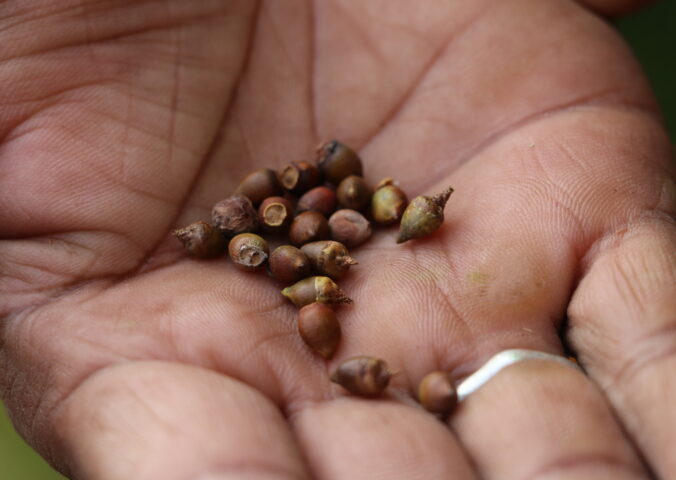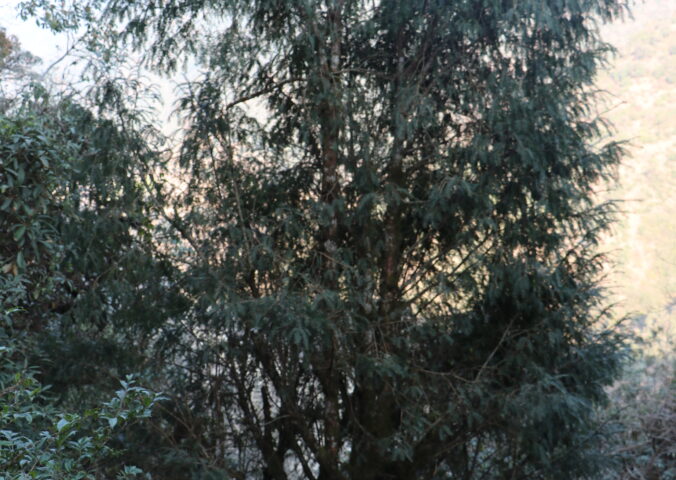About
Maire’s Yew is a rare conifer native to Nepal, Assam, central and southern China, Hainan, Taiwan and Vietnam. This resilient tree thrives in rocky soils, adapting to some of the harshest environments. Beyond its ecological significance and visual appeal, Maire’s Yew is crucial for its medicinal value; it contains precursors to taxol, a compound pivotal in cancer treatment. The evergreen foliage and vibrant red berries sustain local wildlife and hold potential life-saving properties.
Maire’s Yew, while resilient, is vulnerable due to its limited distribution and specific habitat requirements. The tree’s wood and leaves are highly sought after for their medicinal properties, especially as a source of taxane precursors used in cancer drugs like taxol. This demand places significant pressure on wild populations.
Taxus mairei is one of several species within the genus Taxus, known collectively for their medicinal and ornamental uses. Despite its value, Maire’s Yew faces threats from overharvesting and habitat destruction, as its natural environments are cleared for agriculture and urban development.
Conservation efforts are critical for Maire’s Yew. It is listed on the IUCN Red List as Vulnerable, reflecting its declining populations and the urgent need for updated assessments and protective measures. The species’ survival is dependent not only on legal protection but also on sustainable harvesting practices and the cultivation of plants in botanical gardens and arboreta to relieve pressure on wild populations.
- Order: Pinales
- Family: Taxaceae
- Trend: decreasing
- Size: 10-15m (?)
EDGE Score
Distribution
Maire’s Yew is distributed across a broad but fragmented range in Asia. It is native to the mountainous regions of central and southern China, including provinces such as Yunnan, Sichuan, Guizhou, Hubei, and Zhejiang. Beyond China, its range extends to northern Vietnam, Taiwan, and Hainan Island, as well as eastern Nepal and Assam in India.
Habitat and Ecology
Maire’s Yew thrives in the moist, shaded understories of mountainous forest ecosystems, typically at elevations between 1,800 and 3,000 meters. It prefers acidic, well-drained soils often found in limestone-rich regions. The tree is adapted to cool, misty environments that provide the consistent moisture necessary for its growth.
Ecologically, Maire’s Yew plays a crucial role in its habitat. It is a coniferous evergreen, contributing year-round to the green canopy. The tree’s berries are a food source for various bird species, which in turn help in seed dispersal. The dense foliage offers shelter to numerous small mammals and insects.
Regarding its reproductive ecology, little is detailed about the specific reproductive behaviors of Maire’s Yew. Like other yews, it is dioecious, with separate male and female trees. The female trees produce small, cup-shaped, red arils that encase the seeds, which mature in late summer to fall and are dispersed primarily by birds.




